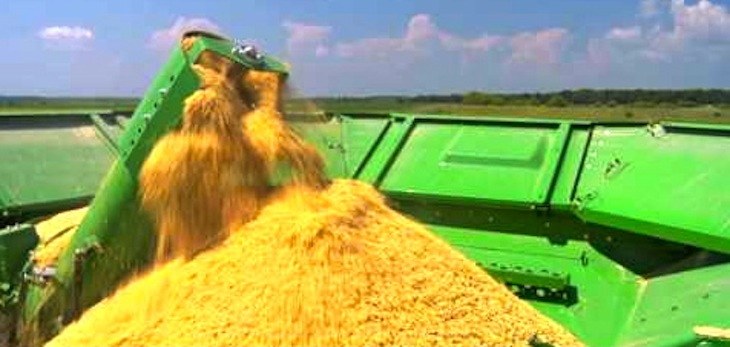A-State researchers receive $700,000 to study food supply protections
by November 16, 2023 9:35 am 376 views

Two professors at Arkansas State University have received grant funding totaling more than $700,000 to conduct research that will ultimately help secure the nation’s food supply.
Dr. Tanja McKay, professor of entomology and interim department chair for biological sciences, and Dr. GwanSeon Kim, assistant professor of agricultural economics, were recently awarded a $420,391 grant through the U.S. Department of Agriculture (USDA) National Institute of Food and Agriculture Methyl Bromide Transition Program.
McKay will lead the multi-state, multi-institutional research project which will include Kansas State University and the USDA-Agricultural Research Service in Manhattan, Kan. The team will focus on improving various techniques that are used in the industry to control insects that target grains in shipping containers.
“Methyl bromide was a fumigant that was used to effectively control insects in agricultural settings and in shipping. However, this insecticide depletes the ozone layer,” McKay said. “As part of the United States’ commitment to implementing the Montreal Protocol in 1987, a global agreement to protect the ozone layer, methyl bromide can no longer be used as part of that treaty. This leaves stakeholders in the grain industry with a significant dilemma where they need new alternative control strategies to control insects.”
The research team will conduct a series of studies over the next three years to study other insect control strategies. They will be working with rice and flour stakeholders in Arkansas and Kansas, improving the use of phosphine, a fumigant used worldwide in warehouses, shipping containers, silos and bulk cargo ships.
Temperature changes and commodity configurations inside a shipping container can impact the density of the gas inside, and improper fumigation can lead to treatment failure and insect survival, she explained.
“The team will be optimizing fumigant applicants by developing and validating a computational fluid dynamics model of phosphine distribution inside containers,” McKay also said. “At the same time, they will evaluate the effectiveness of pre-loading applications of contact insecticides in shipping containers and insecticide-incorporated packaging at suppressing insect populations and protecting commodities.”
Kim will conduct a comprehensive cost/benefit analysis for each of these integrated pest management (IPM) technologies alone and in combination.
“The final aim is to transfer this information on best practices to U.S. and international stakeholders, including food and feed industries and humanitarian aid agencies to better implement IPM practices,” Kim added.
Within these broad objectives, they will show how combining IPM tools could reduce infestation from stored product insects economically compared to fumigation alone.
A second grant for roughly $280,000 was also awarded to the group through the USDA-NIFA Crop Protections Pest Management program.
This multi-institutional grant, including Kansas State University, University of Nebraska and the USDA-ARS, Manhattan, will aim to improve phosphine resistance management for insect pests in food facilities. McKay’s team will be working with local rice mills, screening insects for insecticide resistance.
